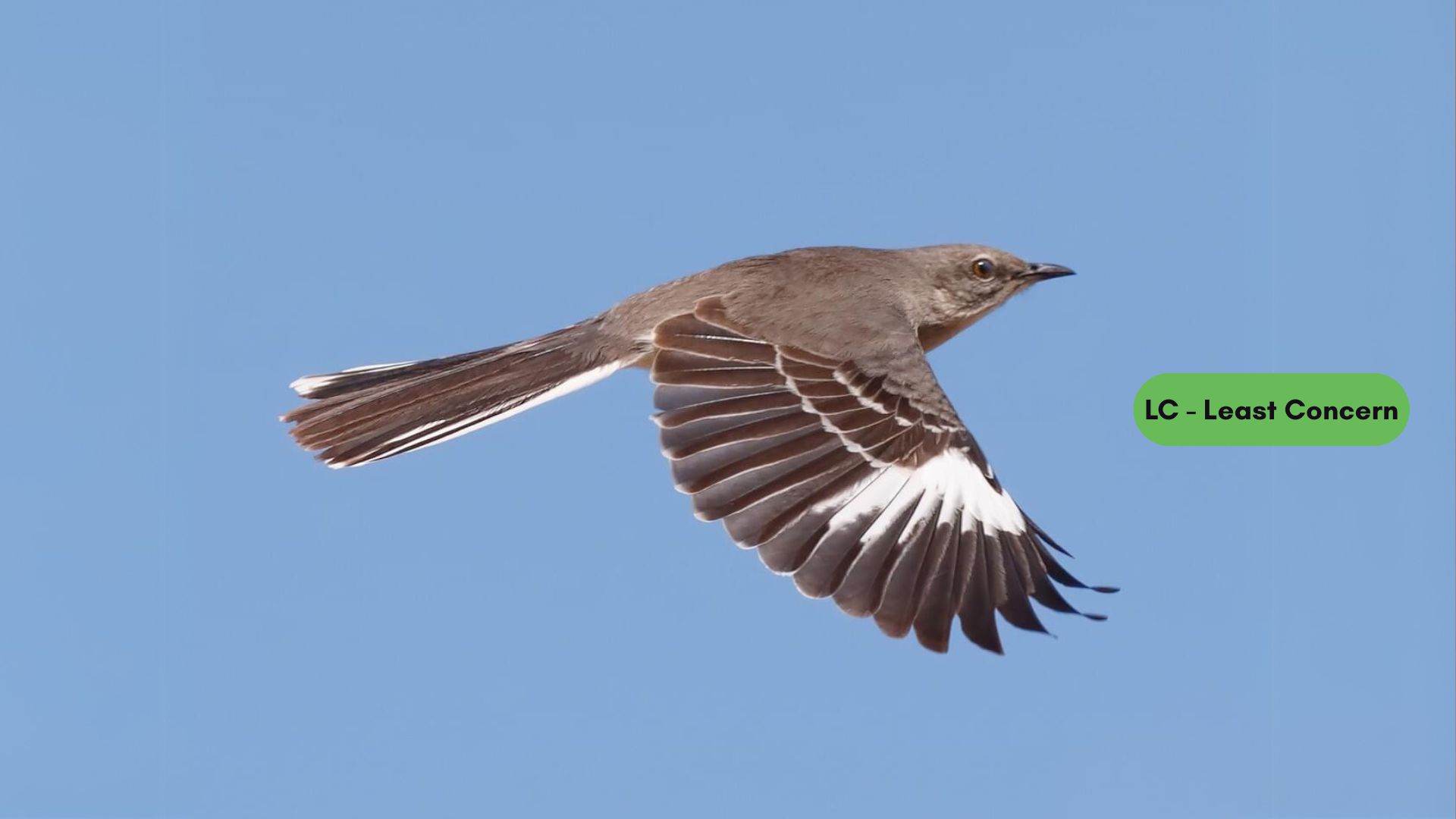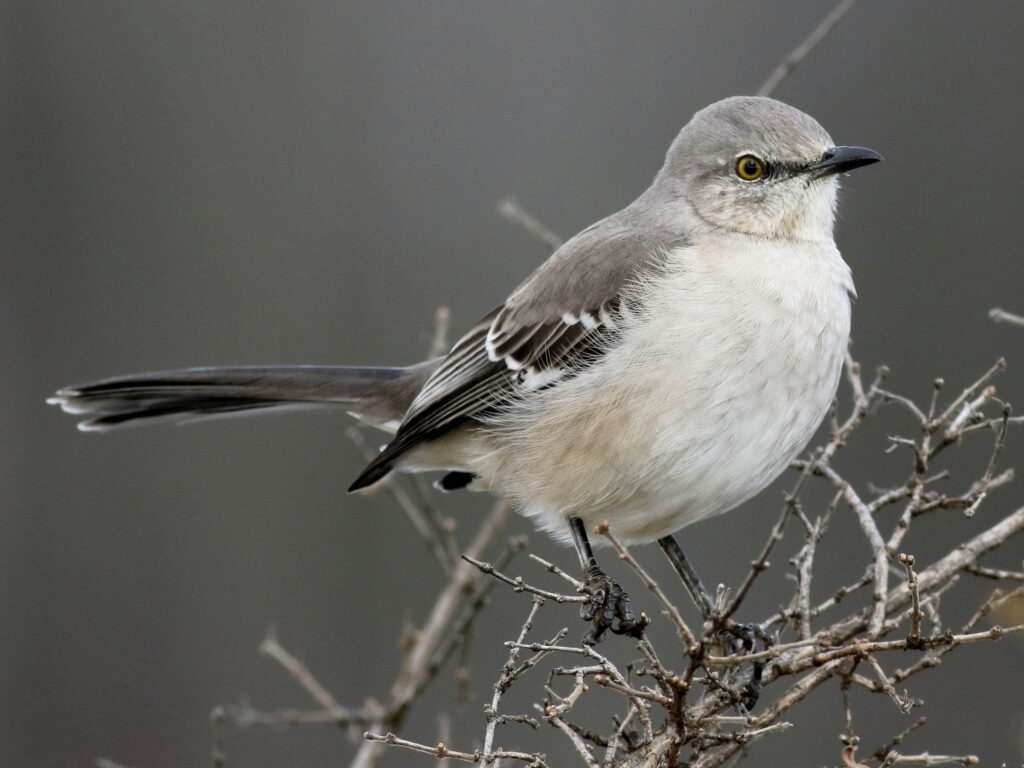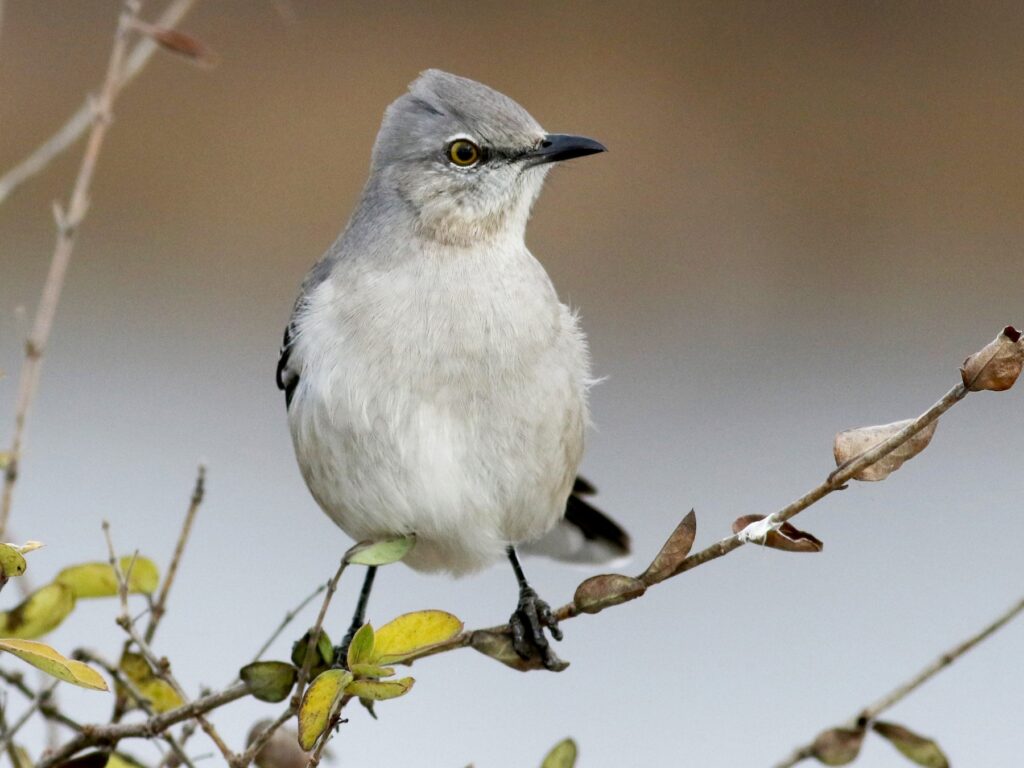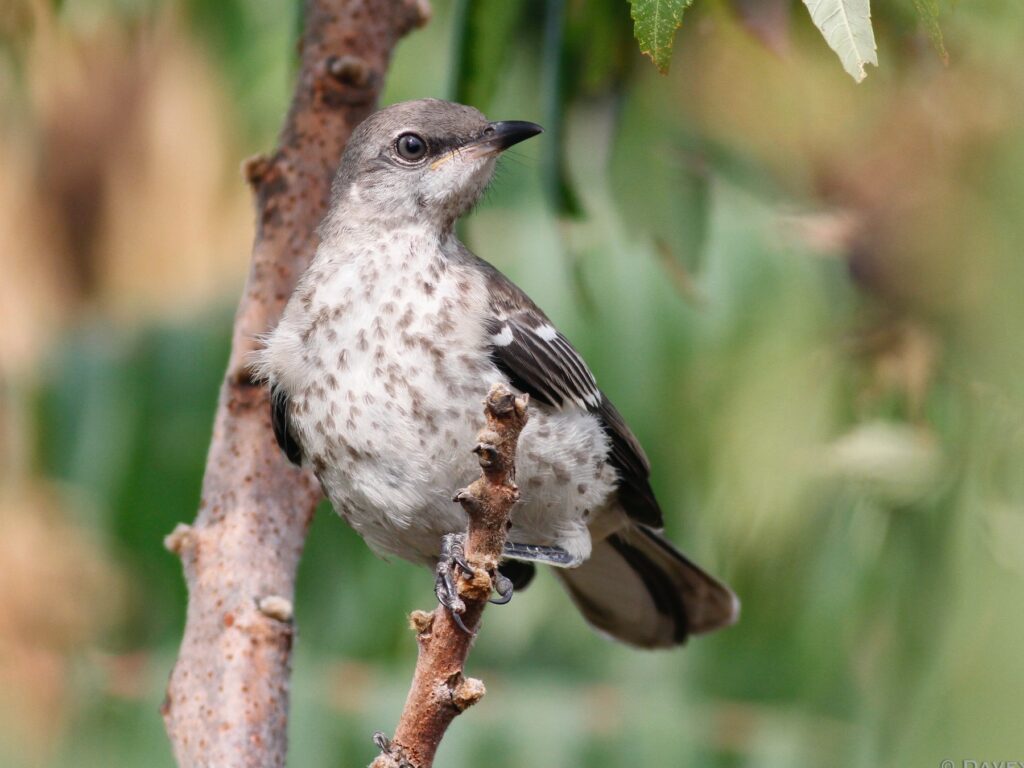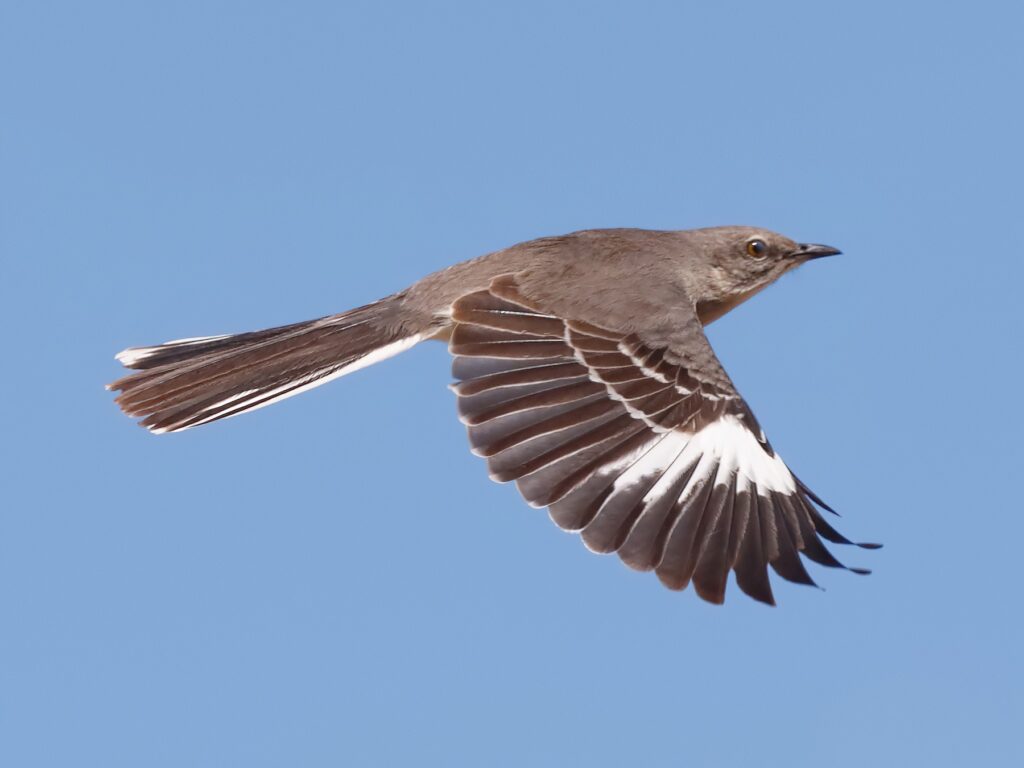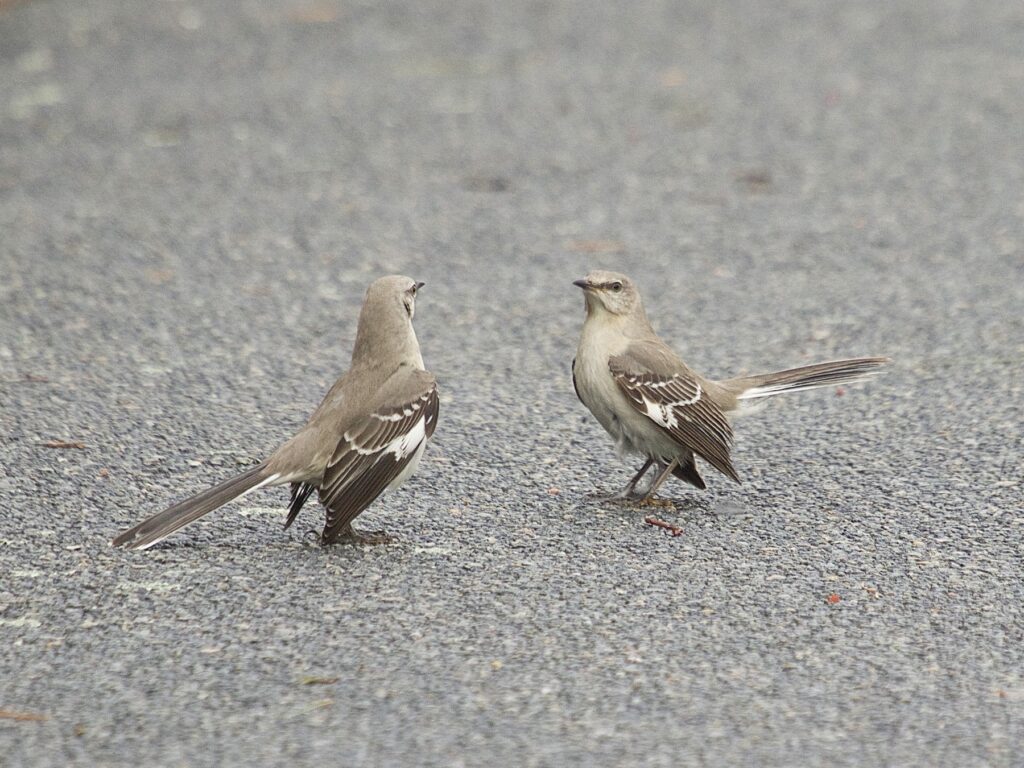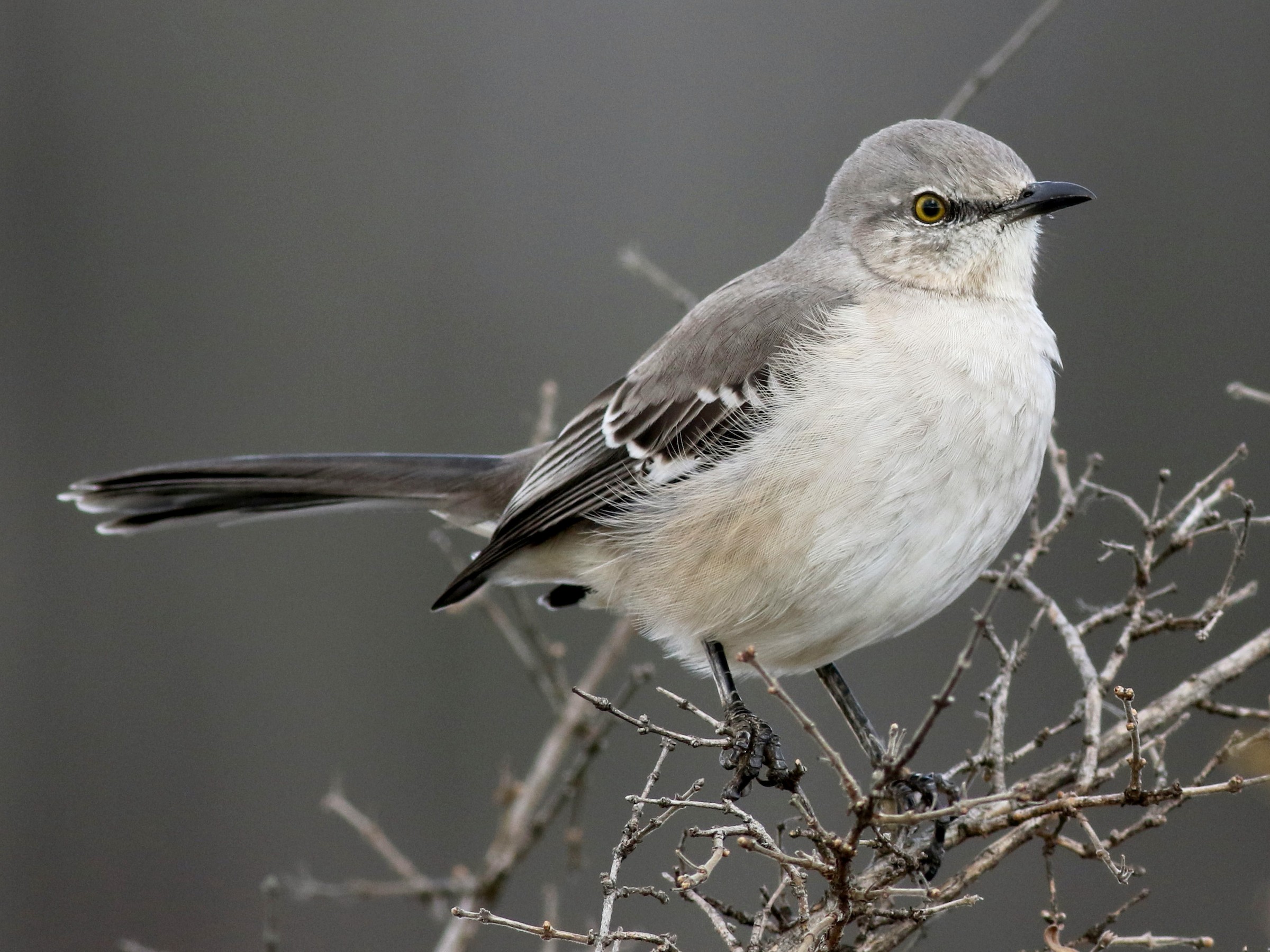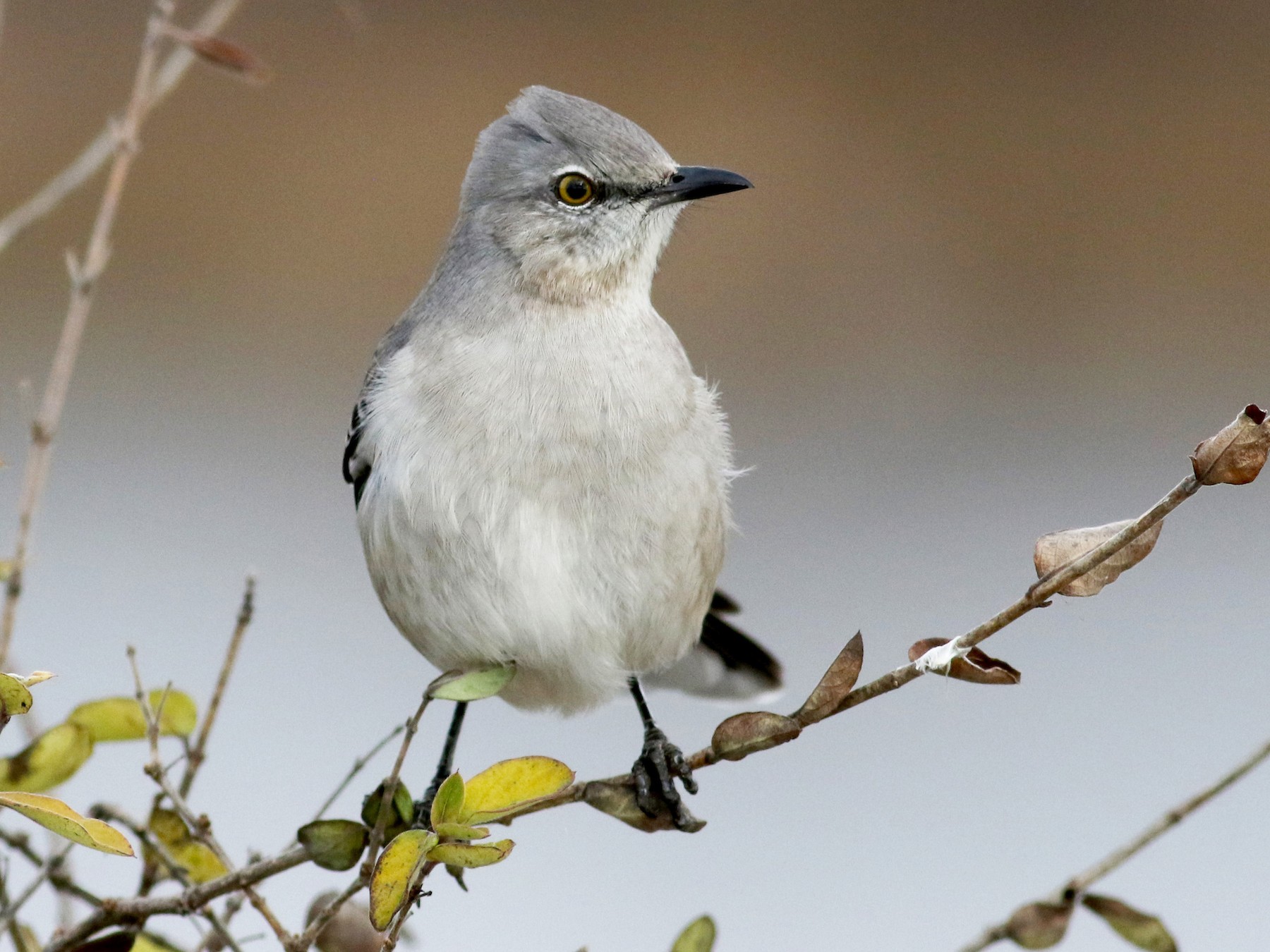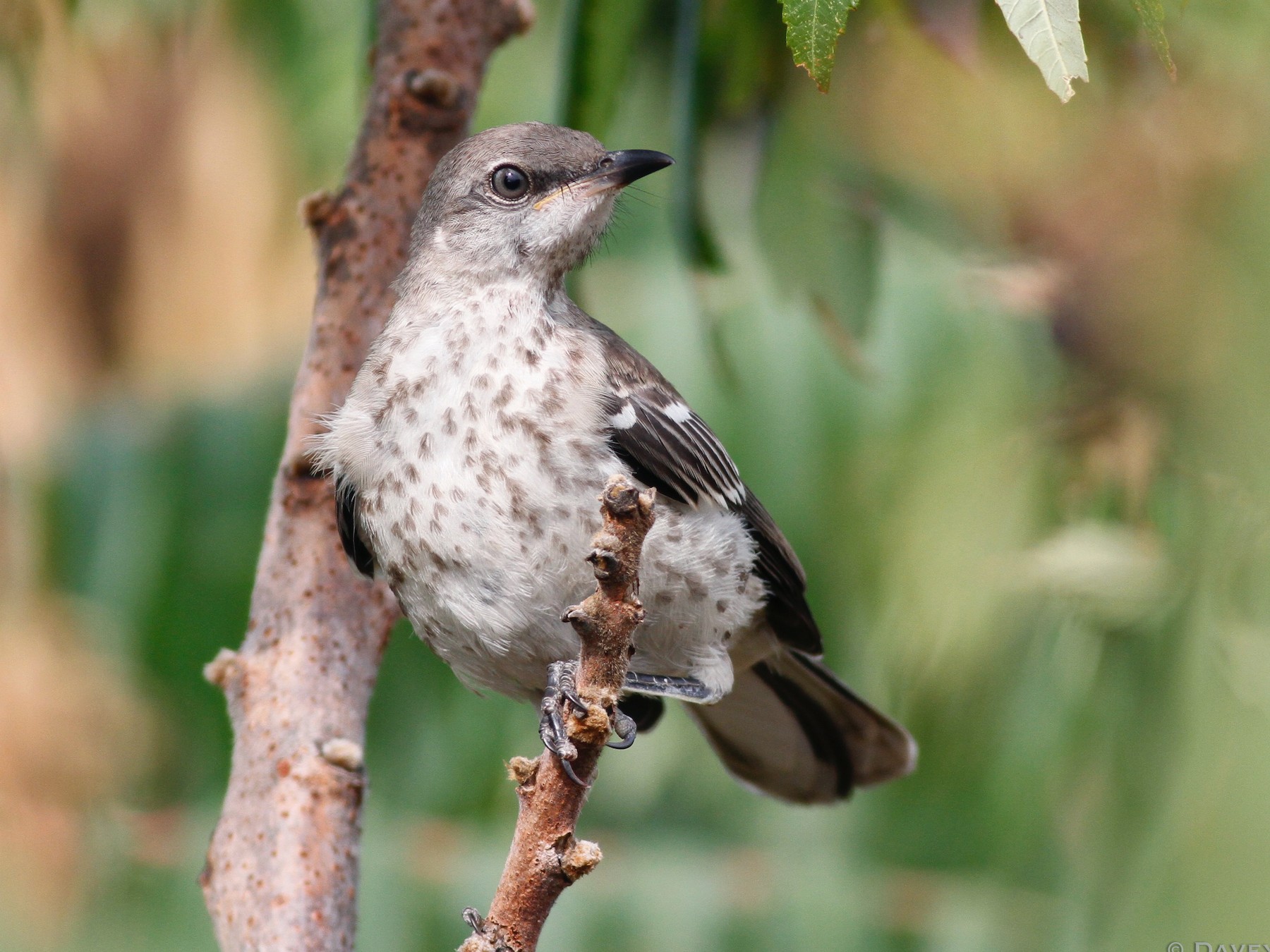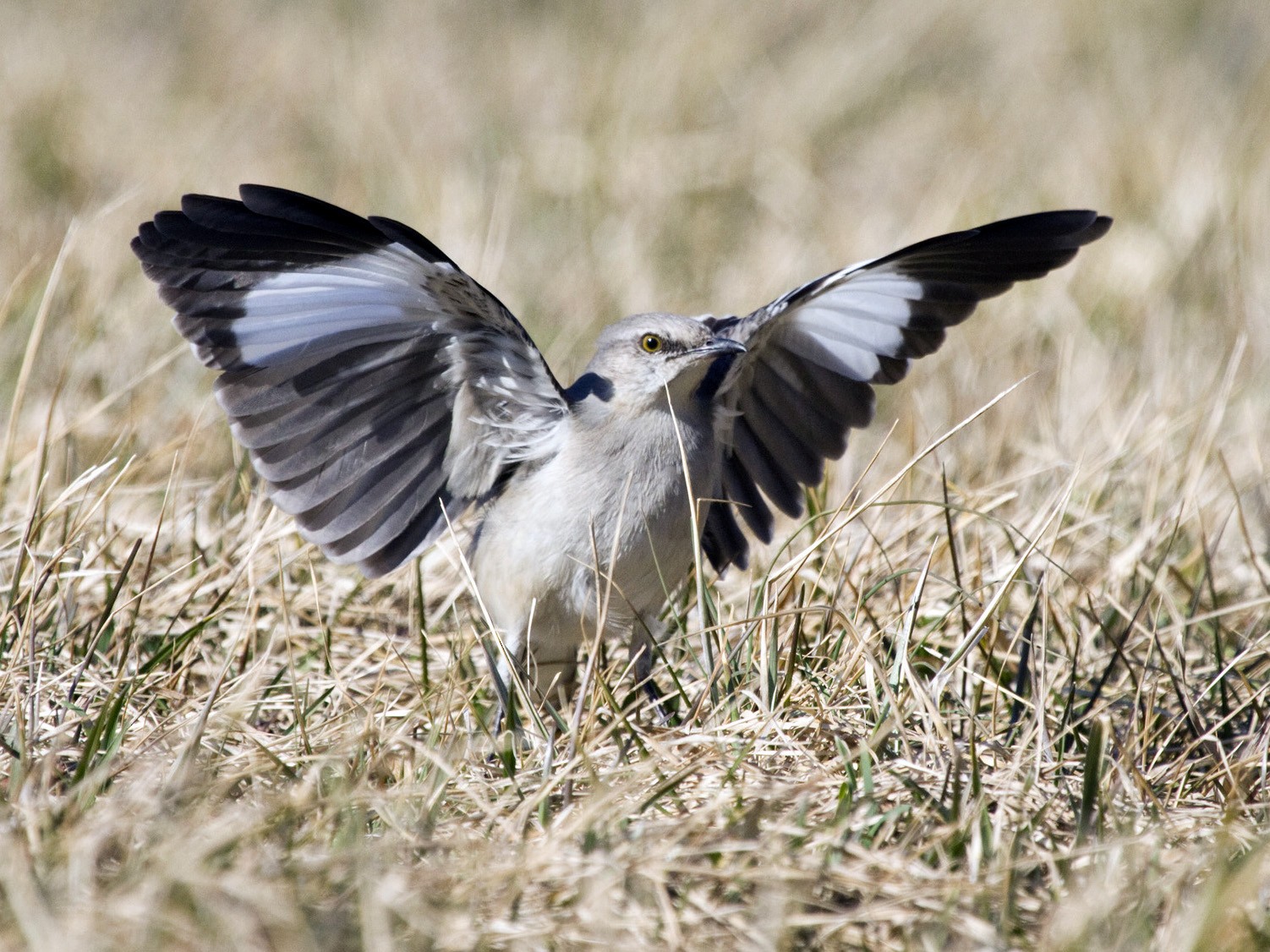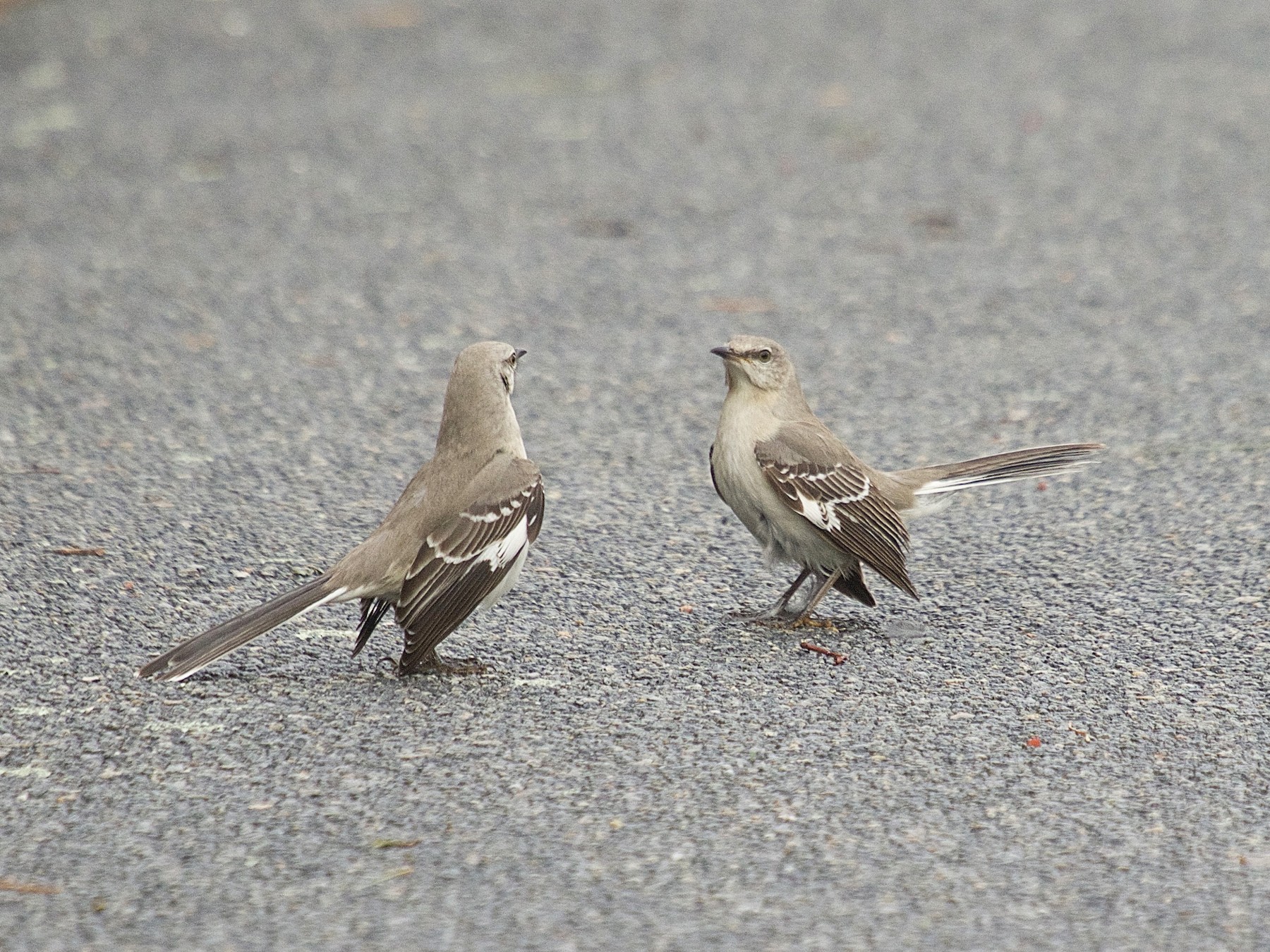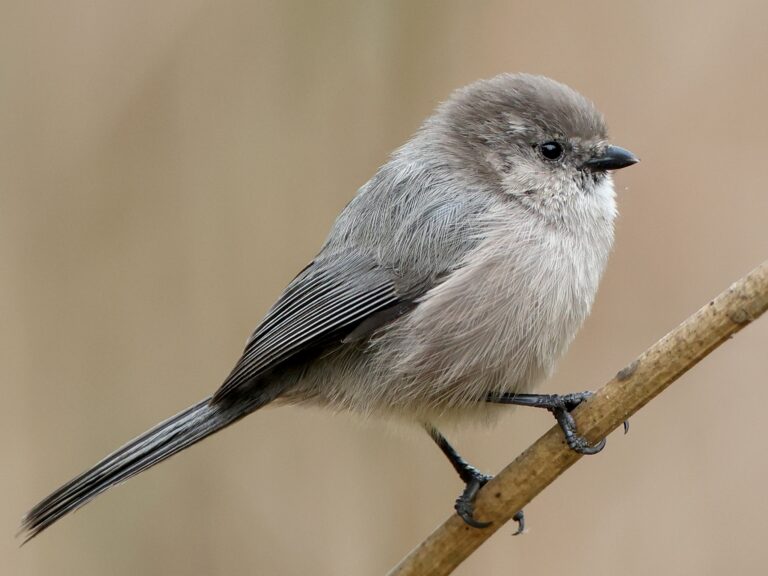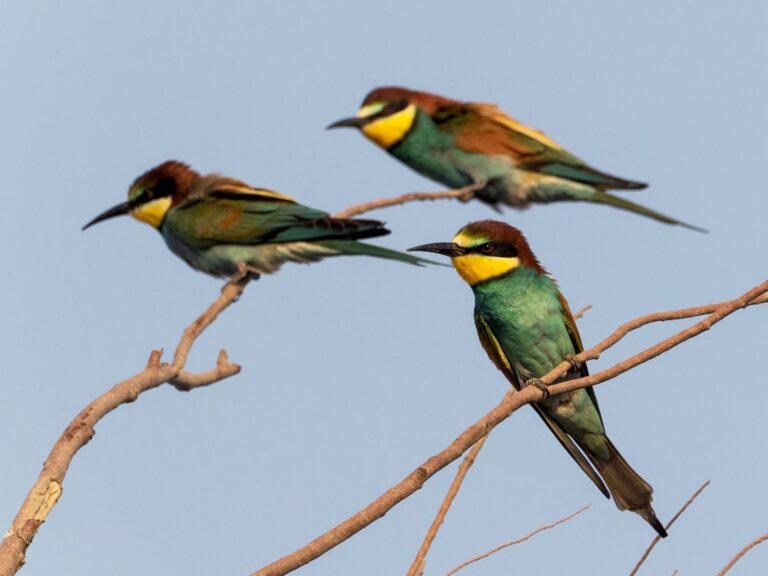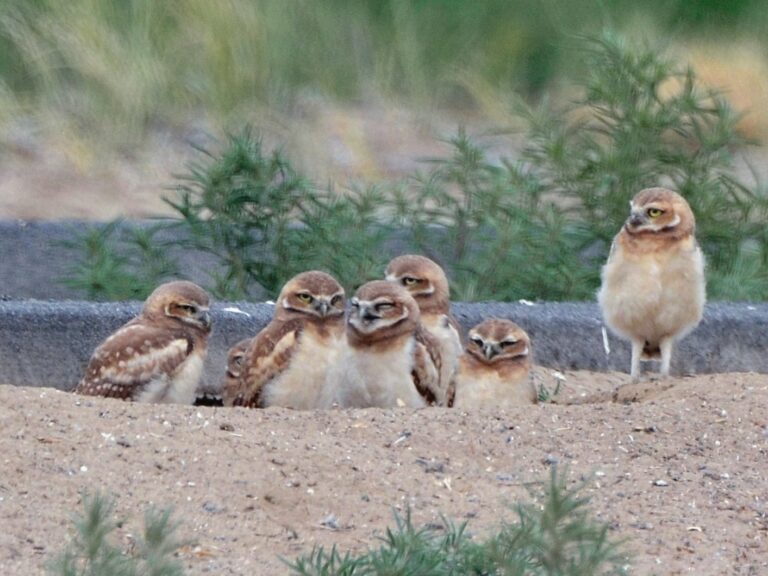Northern Mockingbird: Fascinating Facts About America’s Master Mimic
The Northern Mockingbird, or Mimus polyglottos, is a familiar songbird you’ll spot (and definitely hear) all over North America. What really sets this bird apart is its wild knack for mimicking the songs of other birds—and even some mechanical noises.
Taxonomy and Classification
Northern Mockingbirds belong to the family Mimidae, which is a bunch of songbirds famous for their vocal skills. The name Mimus polyglottos literally translates from Latin to “many-tongued mimic.”
These birds are native to North America and spread across the U.S., Mexico, and parts of Canada. You’ll find them in both suburban and urban neighborhoods, which is kind of unusual for songbirds.
Mockingbirds fall under the order Passeriformes, which, fun fact, covers over half of all bird species on Earth. They’re mostly monogamous, usually pairing up during the breeding season. Their population is stable, and there’s no real threat to their numbers right now.
Physical Characteristics
Northern Mockingbirds are medium-sized. Adults measure about 9 to 11 inches (23 to 28 cm) long, with wingspans from 12 to 15 inches (31 to 38 cm). Their bodies are slender, with long legs and tails. The upperparts are mostly gray, while their undersides are white.
You’ll spot bright white patches on their wings and tail, especially when they take flight. Males and females look so much alike that it’s tough to tell them apart just by looking. Their bills are thin, with a slight downward curve at the tip—perfect for grabbing insects, berries, and seeds. They have bright yellow eyes and sturdy legs, making them pretty good at perching.
Sign Up for Our Monthly Newsletter
Every month we send out our newsletter about interesting (and sometimes quirky) things happening in the world of birding. Give it a try!
Life History
Northern Mockingbirds are smart and quick to adapt. They stay active during daylight, but their voices get even louder around dawn and dusk. Both sexes sing, but unmated males sometimes belt out tunes at night to attract a partner. Their songs can shift in pitch, especially in loud urban environments, as studies show.
Mockingbirds are top-notch imitators, copying other birds and even random environmental noises. They usually build nests in shrubs or trees, using whatever twigs, grass, and leaves are handy. They often raise more than one brood per season. The young fledge in just a few weeks.
Adults get fiercely territorial, chasing off intruders to protect their nests.
Habitat and Distribution
Northern Mockingbirds are native to North America. You’ll often find them near towns, cities, and open countryside. They like areas with scattered trees and shrubs, usually not far from people.
Preferred Environments
These birds settle in open habitats with bushy plants. Forest edges, grasslands with low shrubs, and places that grazing animals have disturbed are common spots for them. Dense forests and thick woods aren’t their thing. Mockingbirds prefer parks, gardens, farmland, and any area where small trees and bushes cluster together.
They forage and nest in open spaces dotted with plants. According to this PDF on Smithsonian, they thrive on the edges of forests instead of deep inside. Activities like sheep grazing can actually create good habitat for them. Mockingbirds are flexible and settle in spots where shrubs and trees are scattered—even if people are around. This adaptability lets them pop up in all sorts of places.
Residential Areas and Human Interaction
Northern Mockingbirds don’t shy away from people. They’re common in yards, neighborhoods, parks, and even downtown if there’s enough cover. They boldly nest in hedges, gardens, and open lawns. You’ll see them perched on fences, wires, or rooftops, singing their hearts out and keeping an eye on things.
Food sources like fruiting shrubs, insects, and even bird feeders help them stick around and raise chicks. Human landscapes with green spaces and scattered trees offer an appropriate niche for these birds. They like places where they can find food and defend their nests. Sometimes, they’re so noticeable that neighbors start to recognize individual birds.
Range in Southern Canada
Northern Mockingbirds have slowly moved north into southern Canada. In Quebec and southern Ontario, sightings and breeding records have climbed over the last few decades. Their spread in Canada shows up mostly in the south, where the weather’s milder and habitats look like those in the U.S. Urban and suburban growth up there has created more spots for them.
Their presence in southern Canada is patchy, not continuous. They appear where open ground, shrubs, and human activity overlap, as described in a study of breeding patterns in Quebec.
Behavior and Social Structure
Northern Mockingbirds claim clear territories and don’t hesitate to defend their space. Their breeding, nesting, and the way males and females split duties shape their social lives.
Aggression and Territoriality
These birds are famously territorial. They use loud songs and flashy displays to warn off rivals. Males, in particular, sing from high perches and chase away intruders. Mockingbirds will wing-flash, swoop, and even go after much bigger animals—cats, dogs, sometimes even people—if they get too close.
They chase off not just other mockingbirds but plenty of other birds too. Territory defense peaks during nesting season, though some birds keep it up all year. Sometimes, mockingbirds form small winter groups, but they still balance group living with territory defense.
Breeding and Nesting
When breeding season arrives, Northern Mockingbirds pair up monogamously. The male starts the nest with twigs and picks the spot. The female finishes the lining, making it soft for the eggs. A pair usually raises 2 to 4 clutches per year, with each clutch holding 2 to 6 eggs.
The female mostly incubates, and the eggs hatch in about 12 to 13 days. Both parents feed the chicks. They might reuse or rebuild nests throughout the season. Nests typically sit in dense shrubs or trees, three to ten feet off the ground. If a nest becomes unsafe, they just build another.
Male vs. Female Behaviors
Males are more visible and vocal, especially in spring and early summer. Their main jobs are marking territory, singing, and chasing off threats. They also help start nests and protect the area. Females focus on building the nest interior, laying eggs, and most of the incubation.
Once the chicks hatch, females help feed them. Both parents pitch in, but their roles are pretty distinct—males handle defense and communication, while females take care of the eggs and chicks. This teamwork helps them raise healthy offspring.
Song and Vocal Mimicry
Northern Mockingbirds are legendary for their complex songs and their ability to mimic other birds and even odd man-made noises. Their vocal skills are honestly kind of wild.
Song Structure and Types
A mockingbird’s song is a mix of short phrases, each repeated two to six times. These can be whistles, trills, or chatters. One “song bout” can last for several minutes. Males do most of the singing, especially in spring and early summer.
They sing to claim territory and attract mates. During the day, their songs sound bright and lively. Unmated males sometimes sing for hours at night, hoping to get noticed. Each mockingbird sounds a bit different.
A single male can belt out dozens, even hundreds, of unique song types in one performance. Females rarely sing, but they can; recent research has started to document female mimicry.
Mimicry and Repertoire
Mockingbirds are famous for copying other birds, frogs, insects, and even car alarms or cell phone rings. Some individuals mimic over 50 other bird species. This repertoire of mimicry makes every mockingbird’s song a little different. They don’t mimic at random.
Mockingbirds use patterns in their singing, repeating each imitation a few times before moving on. Scientists think that learning all these songs might help males show off their smarts and health.
Mockingbirds even switch up which sounds they copy depending on the season or where they live. Their huge, varied songlists help them succeed in cities, suburbs, and rural spots.
Role in Communication
For Northern Mockingbirds, song is a social tool. Males sing to claim territory and attract females. Loud, long, and varied singing tells other males, “This spot’s taken.” Mimicry adds complexity, which might impress mates or throw off rivals.
Some studies suggest that other birds, like the Florida scrub-jay, react when they hear a mockingbird imitating their calls. Beyond mating and territory, song helps with daily social life. Mockingbirds’ strong, varied voices are a big reason they thrive in so many places.
Diet and Foraging Habits
Northern Mockingbirds eat a flexible diet, which helps them survive in all sorts of environments. They mix animal and plant foods and take advantage of whatever’s available throughout the year.
Insect and Fruit Consumption
Northern Mockingbirds eat all sorts of insects—beetles, ants, grasshoppers, caterpillars, you name it. These bugs matter most in spring and summer, giving the birds a protein boost for growth and raising chicks.
You’ll spot them hopping on the ground or poking around in shrubs, always on the lookout for their next meal. Their foraging style feels a bit restless, honestly. But they don’t just eat insects. Fruits become a big part of their diet, especially when bugs get scarce.
They love berries, figs, and whatever wild fruits they can find. Sometimes they go after garden fruits too, which, let’s be real, doesn’t always make them popular with people. Mockingbirds can eat just about anything. They switch easily between animal and plant foods as the seasons shift.
That flexibility lets them do well in cities, suburbs, and wild places alike. If you’re curious about their generalist habits, check out Bird Observer.
Seasonal Food Preferences
Northern Mockingbirds don’t stick to one menu year-round. When spring and summer roll in, they go after insects. Both adults and young birds hunt for bugs on the ground and in bushes. Researchers have documented their foraging behavior in detail.
Once fall and winter hit, insects get harder to find. That’s when mockingbirds start eating more fruits and berries. They rely on a mix of wild and cultivated fruits for energy and hydration during colder months. This seasonal switch to fruit helps them get through tough winters.
You can dig deeper into these seasonal changes in this Smithsonian PDF.
Relationship with Multiflora Rose
Multiflora Rose matters a lot for Northern Mockingbirds in winter. These shrubs hold onto clusters of small red fruits long after other berries have disappeared. Mockingbirds don’t just eat from these bushes—they’ll defend patches of Multiflora Rose pretty fiercely. They chase off other birds to keep the fruit for themselves.
Those fruits can make the difference during food shortages when insects vanish. In the Northeast and similar climates, Multiflora Rose often becomes their main winter food source. If you want to read more about these habits, Bird Observer has an article on foraging habits.
Frequently Asked Questions
Northern Mockingbirds show up in a surprising range of habitats. People know them for their wild songs, and you’ll find them across a bunch of states. Their diet, size, and even spiritual meaning spark curiosity from birders and backyard watchers alike.
What is the typical habitat for a Northern Mockingbird?
You’ll usually find Northern Mockingbirds in open spots with shrubs, trees, and grassy lawns. They’re a common sight in parks, gardens, and along forest edges, especially in towns and suburbs. These birds seem pretty comfortable living near people and handle different environments without much fuss.
What does a Northern Mockingbird’s song sound like?
A Northern Mockingbird’s song is anything but boring. It’s loud, full of variety, and packed with mimicry. They copy other birds and even random mechanical noises. Some have more than 150 different types of songs—whistles, chirps, calls—all repeated in quick sets.
In which states is the Northern Mockingbird commonly found?
You’ll see Northern Mockingbirds all over the southern and eastern U.S. States like Texas, Florida, and Mississippi have lots of them. Their range stretches west and north, reaching California and parts of the Midwest. Their knack for adapting has helped them expand their range lately.
What are the primary food sources for Northern Mockingbirds?
Northern Mockingbirds eat a mix of insects and fruits. In spring and summer, they go for beetles, ants, wasps, and caterpillars. When fall and winter come, they switch to berries and small fruits. Sometimes they’ll even show up at feeders for suet or raisins.
How large can Northern Mockingbirds grow?
An adult Northern Mockingbird usually measures 8 to 11 inches long. Their wingspan runs about 12 to 15 inches. They look slim, with long legs and a noticeably long tail.
Can you describe the spiritual significance attributed to Northern Mockingbirds?
The Northern Mockingbird pops up in a lot of cultures as a symbol of communication and individuality. People often see it as a little guardian, too.
It’s got this reputation for creative expression—kind of nudging you to use your voice. Some folks even say the bird’s presence reminds them to stay true to themselves and speak up when the moment calls for it.
